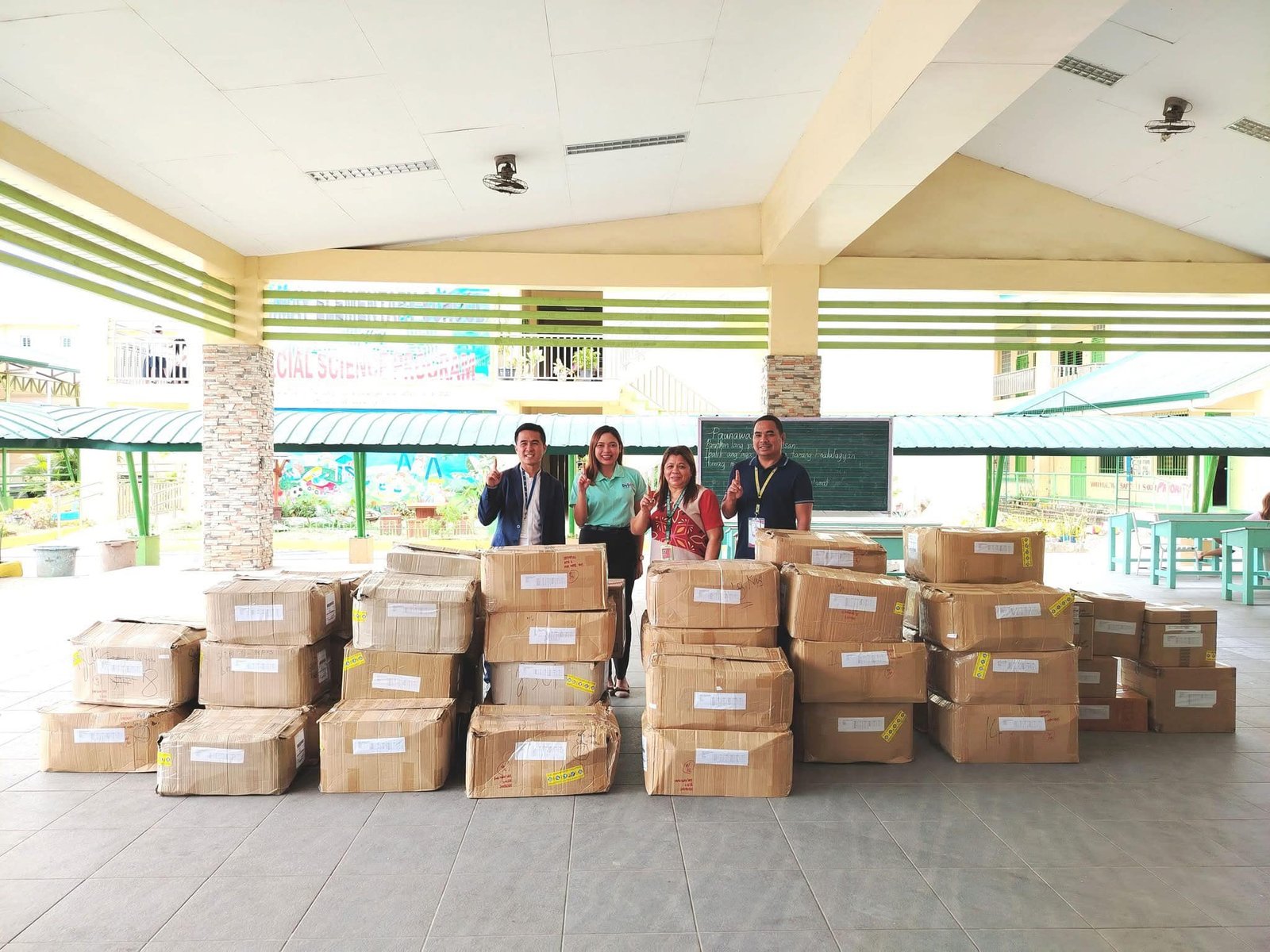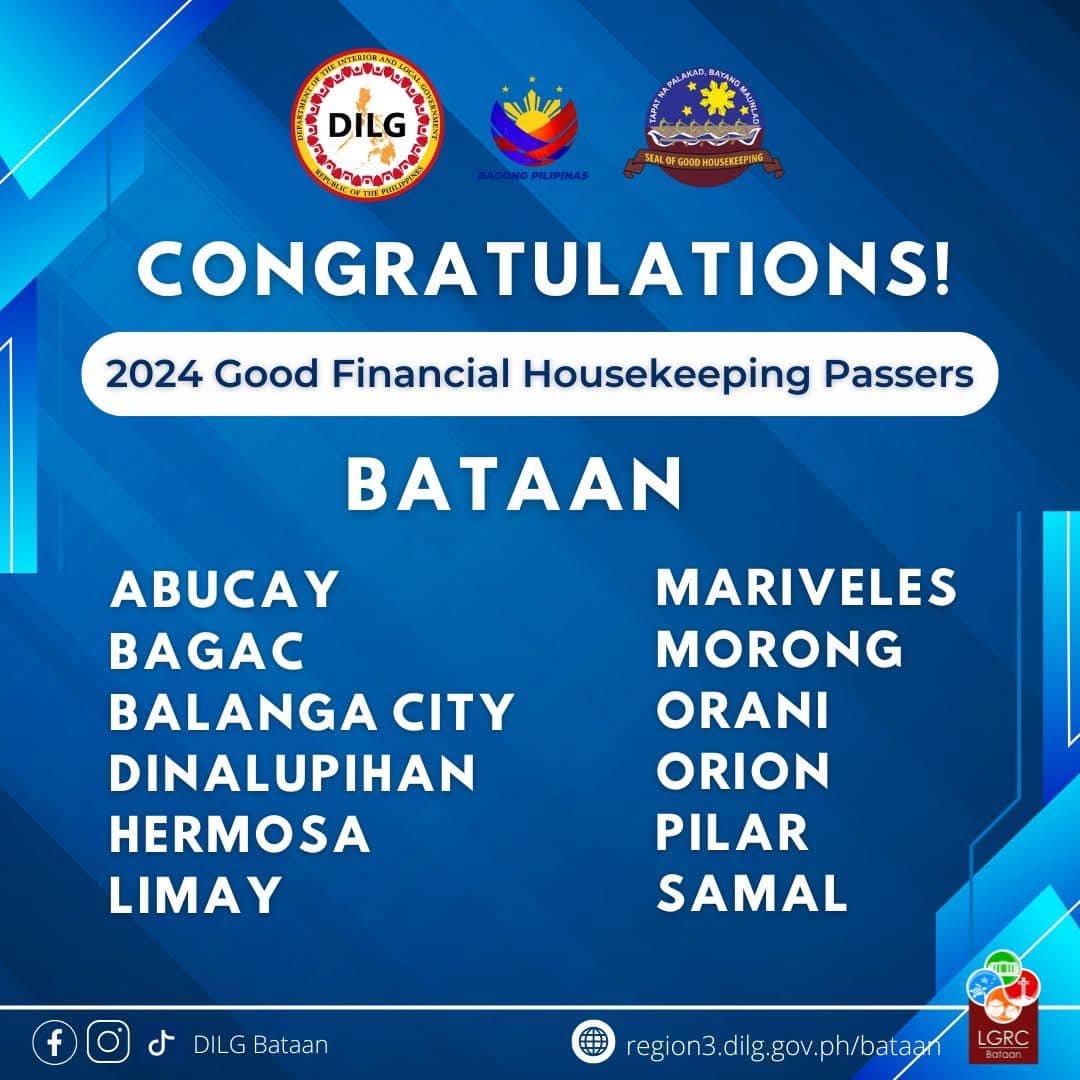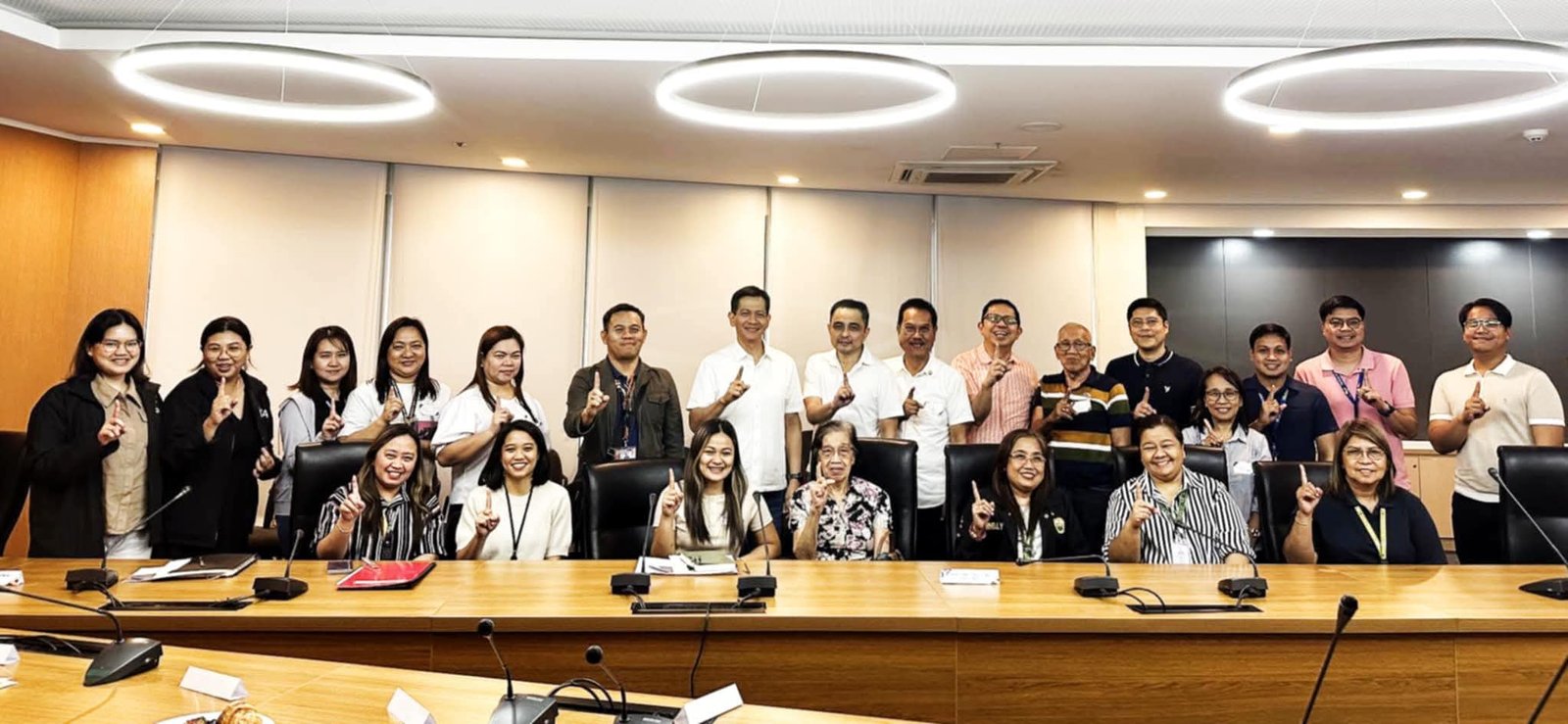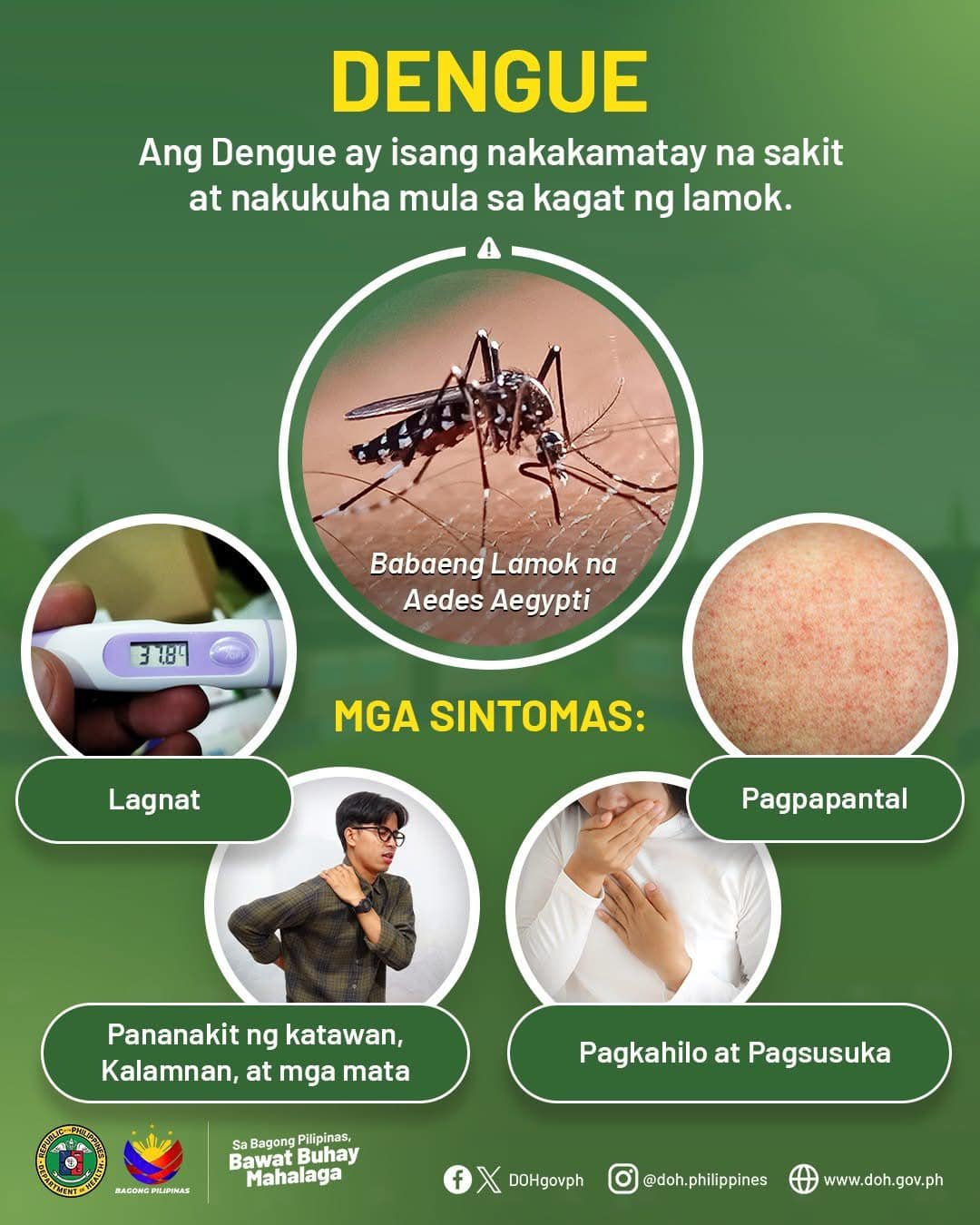Tinanghal na kampeon ang Bayan ng Limay sa ginanap na Inter-Town E-Sports. Tinalo ng Limay ang Bayan ng Abucay sa championship match. Nirepresenta nina C-Jay Gonzales, Ascon Dizon, Rocky Busi, Pol Mendez, Ace Del Mundo, at John Michael Ala ang Bayan ng Limay.
Bataan Healthy School Setting
Ginanap kahapon, February 28, 2025 ang launching ng Bataan Healthy School Setting sa ating bayan na pinangunahan ni Mayor Richie Jason David, kasama ang Deped Representative Dr. Jennifer Alip, Provincial Health Promotion Board Staff Mr. Gabriel Ibasco, Limay Deped Supervisor and Principal, MHO staff. Ang programang Bataan Healthy School Setting ay inisyatibo ng Pamahalaang Panlalawigan sa pamumuno ng ating mahal na Gobernador Joet Garcia. Layunin nito na mamulat ang mga kabataan na ang pagkain ng masustansyang ulam ay magdudulot sa isang malusog at malakas na pangangatawan. Ang pamahalaang bayan ng Limay ay kaisa sa layuning panatilihing malusog at malakas ang katawan ng mga kabataan sa ating bayan. Tayo ay nanguna sa pagsimula ng aktibidad na ito sa ating lalawigan at sa pagtutulungan ng pamahalaan sa pamumuno ni Mayor Richie Jason David, Vice Mayor Sarah David, buong Sangguniang Bayan Members at Tourism Chairperson Grace David ay nabigyan ng pondo ang nasabing programa. Kasabay ng programang ito ay ang selebrasyon ng Oral Health Month. Ating binigyan ng Dental check-up ang ating mga estudyante dahil parte ng magandang kalusugan ang matibay at malinis na mga ngipin at sila ay nakatanggap rin ng libreng dental-kit.
March is Fire Prevention Month!
Maging handa at maalam sa mga sanhi, epekto, dapat at di dapat gawin upang maiwasan ang sunog na maaring magdala sa atin sa kapahamakan. Narito ang ilang paalala mula sa pamahalaan ng Limay.
Fire Prevention Month Kick-Off
Ngayong umaga, Pebrero 28, dumalo si Mayor Richie Jason David sa Fire Prevention Month Kick-Off upang ipagdiwang ang kahalagahan ng kaligtasan laban sa sunog. Sama-sama tayong magtulungan upang mapanatili ang kaligtasan ng ating komunidad. Alamin ang mga tamang hakbang at magkaisa para sa isang ligtas na kapaligiran! Siguraduhin ang mga de-koryenteng kagamitan ay hindi sira at laging nakapatay kapag hindi ginagamit. Huwag mag-iwan ng mga gamit na madaling magdulot ng sunog. Magkaroon ng fire extinguisher at magturo sa pamilya kung paano ito gamitin. Regular na i-check ang mga fire exits at fire alarm systems sa inyong tahanan at trabaho. Sa pamamagitan ng tamang impormasyon at paghahanda, makakaiwas tayo sa sakuna. Sama-sama, magtulungan tayo para sa kaligtasan ng bawat isa!
Lokal na Pamahalaan ng Limay para sa mga estudyante ng pampublikong elementarya
Muling namahagi ng libreng school uniform ang Lokal na Pamahalaan ng Limay para sa mga estudyante ng pampublikong elementarya. Ang proyektong ito ay bahagi ng patuloy na inisyatiba ng Pamahalaan sa panguguna ni Mayor Richie Jason David, Vice Mayor Sarah David, ang buong SB Members, at Tourism Chairperson Grace David, na layuning mas suportahan ang mga mag-aaral at kanilang mga pamilya. Ang mga libreng uniporme ay nagdudulot ng maraming benepisyo, kabilang ang pantay-pantay na pananamit, at mas magaan na gastusin para sa mga magulang. Nakakatulong din ito sa pagpapalaganap ng disiplina at kaayusan sa mga mag-aaral, habang pinapalakas ang kanilang focus sa pag-aaral dahil hindi na nila iintindihin ang kanilang susuot na pamasok sa eskwelahan. “Tapat na serbisyo, Diretso sa tao.”
2024 Good Financial Housekeeping Passers
Isang malaking pagbati sa lokal na pamahalaan ng Limay sa pagkamit ng 2024 Good Financial Housekeeping recognition! Ang tagumpay na ito ay patunay ng inyong dedikasyon sa tamang pamamahala ng pondo at tapat na pamamahala. Kasama rin ang ibang bayan at ang buong probinsya ng Bataan sa karangalan na nagpapakita ng kolektibong pagsisikap para sa isang mas transparent at accountable na gobyerno. Patuloy na magsilbing halimbawa ang Limay sa pagpapalaganap ng magandang pamamahala at serbisyong tapat!
𝗣𝗔𝗡𝗚 𝗔𝗣𝗔𝗧 𝗡𝗔 𝗣𝗔𝗡𝗔𝗟𝗢 𝗣𝗔𝗥𝗔 𝗦𝗔 𝗕𝗔𝗬𝗔𝗡 𝗡𝗚 𝗟𝗜𝗠𝗔𝗬
Nakamit ng Basketball Team ng Bayan ng Limay ang ika-apat nitong panalo ngayong araw sa laban nito kontra sa Bayan ng Morong. Tinalo ng ng Limay ang Morong sa iskor na 89-77
𝗙𝗹𝘂𝘀𝗵𝗶𝗻𝗴 𝗼𝗳 𝗟𝗶𝗺𝗮𝘆 𝗣𝘂𝗯𝗹𝗶𝗰 𝗠𝗮𝗿𝗸𝗲𝘁
Hangad ng ating Lokal na Pamahalaan na mapanatili ang kalinisan at kaligtasan ng ating mga nasasakupan kaya patuloy po ang pagtutulungan ng iba’t ibang mga ahensya para sa kalinisan ng ating pamilihan. Ito ay panukala ni Mayor Richie Jason David, Tourism Chairperson Grace David, Vice Mayor Sarah David at buong Sangguniang Bayan Members.
“KISLAP Limay 2025-2028”
PAGLILINGKOD MULA SA PUSO Heto na ang takdang panahon upang ating hubugin ang lahat na kawani ng ating pamahalaan sa isang makabuluhang ugnayan at pagtutulungan na makapabigay ng tamang serbisyong naaayon sa pangangailangan at sa mabilis na pamamaraan. Si Mayor Richie Jason David ay nakipag-ugnayan sa Institute for Solidarity in Asia (ISA) sa pamamagitan ni Governor Joet Garcia upang mapagusapan at maihanda ang LGU Limay sa enrollment requirements ng Performance Governance System. Ang ISA-PGS, sa pamumuno ng Project Leader at Executive Director Mr. Christian Peter Emmanuel Zaens, ay naghanda ng pang-unang usapan upang maging malinaw ang intention at direksyon na nakaangkop sa estado o pangangailangan ng bayan ng Limay. Buong-buo ang suporta ni Governor Joet Garcia sa liderato ni Mayor Richie Jason D David sa magandang adhikain na ito batay sa karanasan ni Gov Joet sa City of Balanga. Kasama sa usapan ang PGB PGS Team ni Ma’am Myrna Roman, ang ISA Team ni Sir Christian at ang mga opisyales at staff ng LGU Limay sa pangunguna ni Mayor Richie Jason David. Ang tagumpay ng PGS ay may hatid na ginhawa at katatagan ng bawat pamilya sa ating bayan ng Limay. Sama-sama at tulong-tulong tayo sa direksyon ng kaunlaran at katatagan. “KISLAP Limay 2025-2028”
PAALALA!
Sa patuloy na pagtaas ng kaso ng dengue sa ating lugar, narito po ang ilang mga sintomas na dapat nating bantayan upang tayo ay maging alerto, maagap, at maiwasan ang malalang komplikasyon ng sakit na ito.









